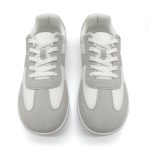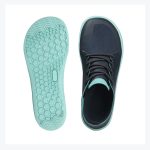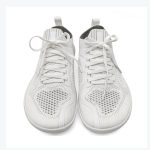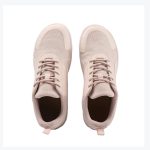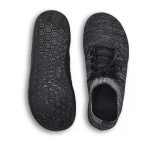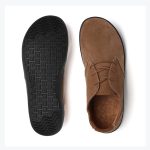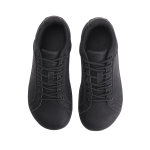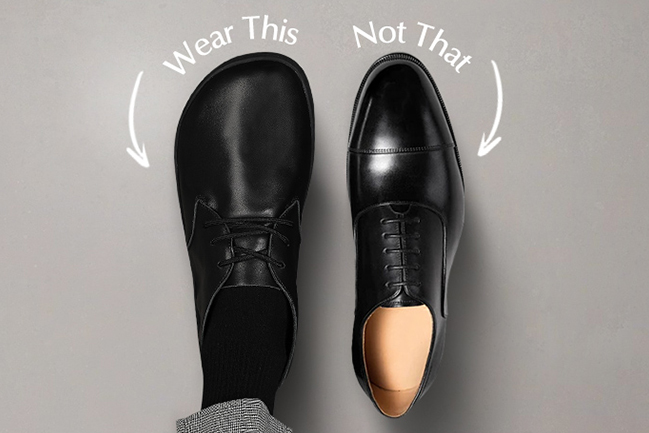What are barefoot shoes? What can they bring to us?
01 What are barefoot shoes?
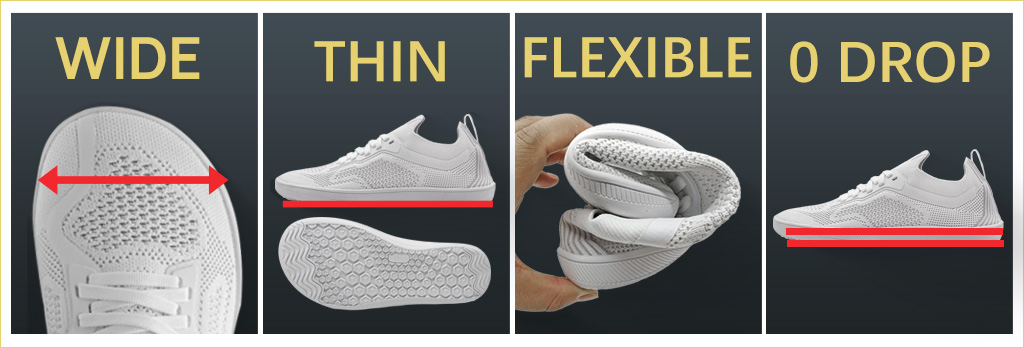
Many people think that training with barefoot shoes is equivalent to training without shoes, so why bother buying barefoot shoes? Nowadays, training shoes have become an indispensable fitness necessity, but how do barefoot shoes help us improve the effectiveness of exercise?
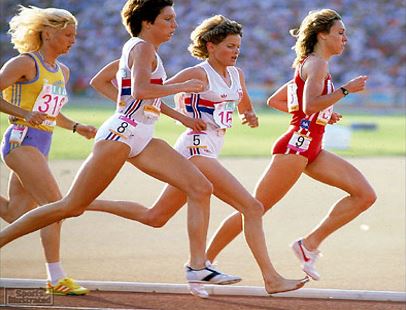
Abebe Bikila completed the 1960 Rome Olympic Marathon barefoot and won the world first place with a time of 2 hours 15 minutes 10 seconds. In 1984, South African long-distance runner Zola Budd broke the world record of 15’01”83 in the 5000m barefoot, surpassing the world record of 15’08”26 created by Mary Decker, and became a figure of international sports attention. People began to notice the importance of barefoot in training…
02 Do we need barefoot shoes?
The sole is the key to all training

The human foot is a masterpiece of biomechanics, composed of bones, muscles and ligaments, which allow us to move in a powerful, stable, conductive and low-impact way. In recent years, the continuous improvement of fitness awareness has brought about the whirlwind of [five-finger shoes] and [barefoot shoes] training, freeing our feet wrapped in traditional thick shoes. However, without functional training shoes, does barefoot have a multiplier effect on our training? The answer is yes!
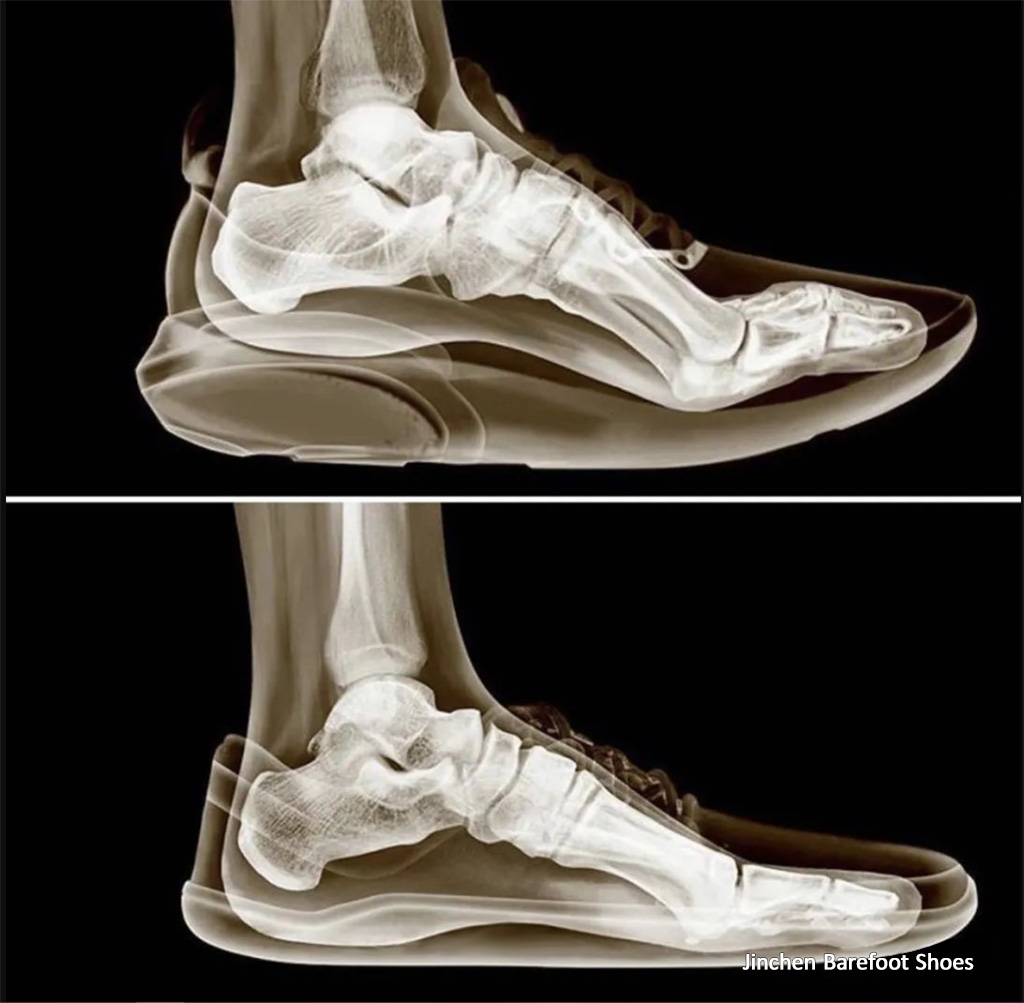
Our bodies have a feedback loop mechanism. When any part of our body touches something, the nerves in that part will send signals to the brain, and then our brain will send feedback signals to the body to do some action response. This feedback is crucial for our body’s proprioceptive and kinesthetic awareness. In theory, when you train barefoot, you will give the brain more feedback signals, which can also help establish movement and prevent injuries.

When we train barefoot, every change in foot posture and force on the toes will cause subtle changes in movement. These self-feedback and awareness can also give you more body feedback to establish and optimize training corresponding to movement. There is a strong sensory connection between the feet and the brain, just like our movement trajectory and position in the world.
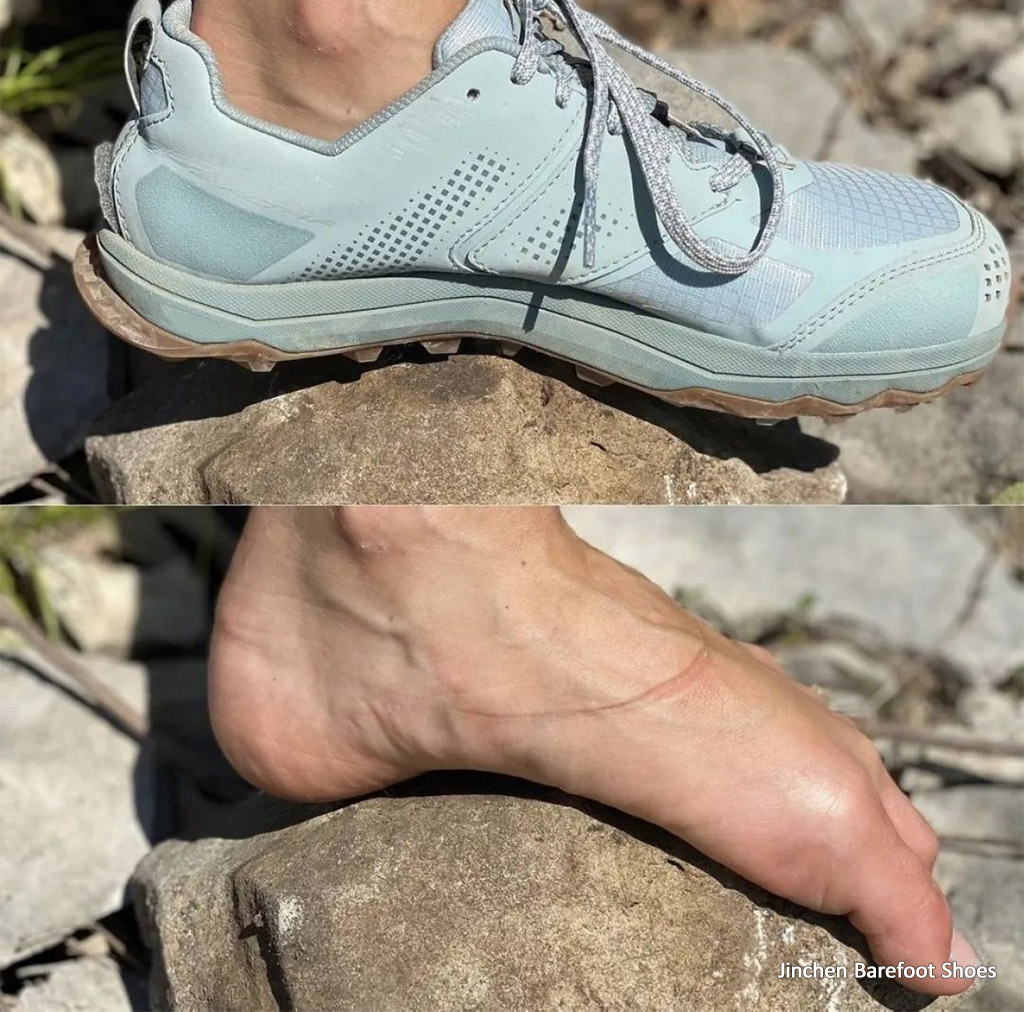
Therefore, shoes that truly meet the functions of the human body must meet the inherent softness of the sole of the human foot to achieve the expansion and bending of the sole. Not only that, but we must truly return to the most natural arch movement mechanism of the human foot. Based on the above, we need to imitate a shoe that moves in sync with the feet, not always restricting, wrapping or fixing your ankles, and giving the ankle joints a larger range of movement. This is what we now call barefoot shoes.

